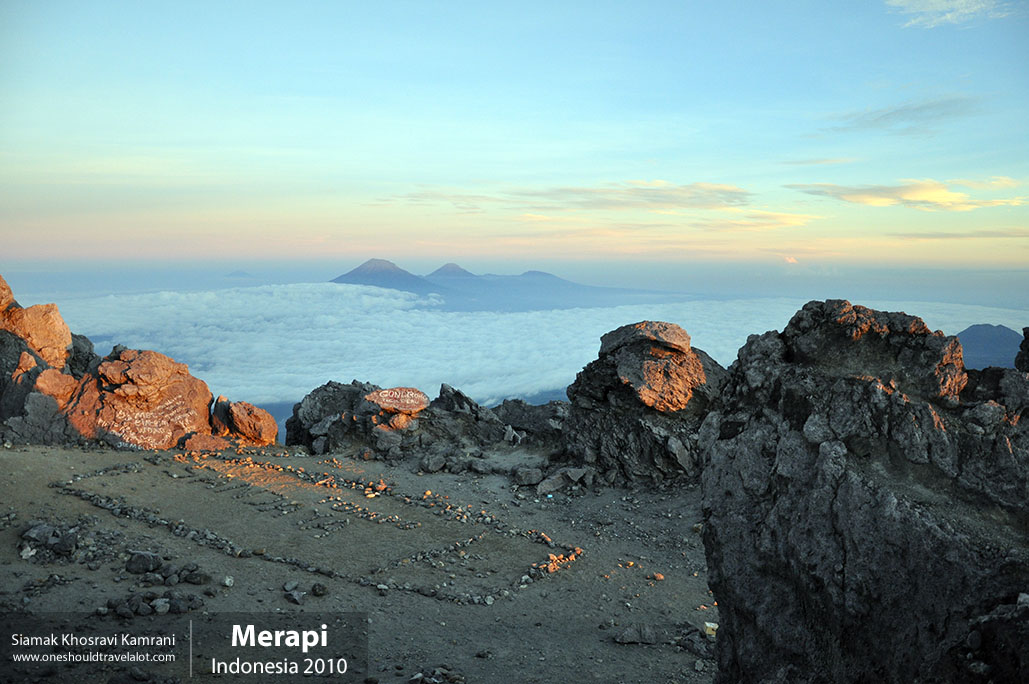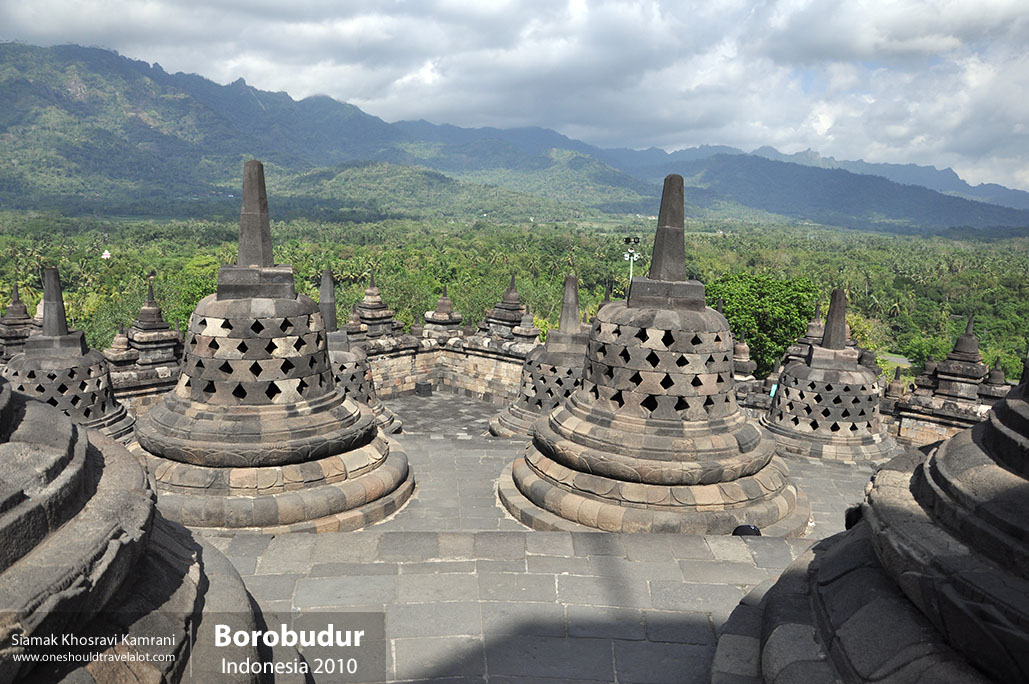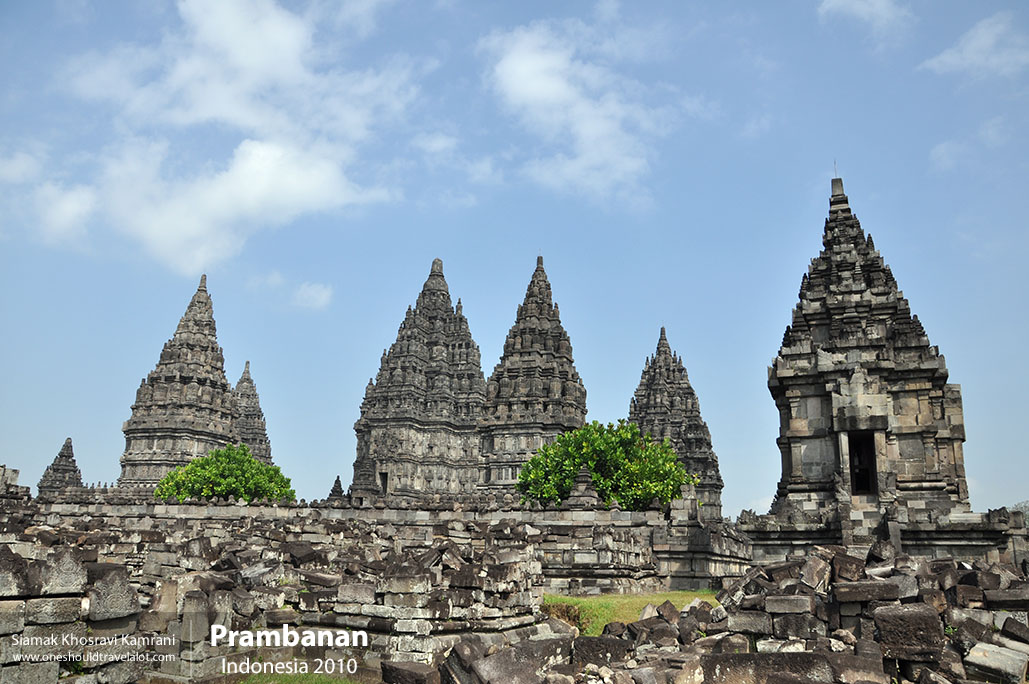Discovering Yogyakarta: A Photographer’s Journey
Nestled in the heart of the island of Java, Indonesia, Yogyakarta, often simply referred to as Jogja, is a city that effortlessly blends the old with the new. As a young photographer, my journey through Yogyakarta was one of discovery, where every corner of the city offered a new story waiting to be told through my lens.
Arriving in Yogyakarta: First Impressions
The moment I stepped off the plane at Adisucipto International Airport, I was greeted by the warm, humid air that is characteristic of Southeast Asia. The city’s bustling atmosphere was immediately evident, with a mix of locals and tourists moving through the airport, their chatter filling the air in a blend of Bahasa Indonesia and various other languages.
The Soul of Yogyakarta: Its Culture and People
Yogyakarta is renowned for its rich cultural heritage. The city is a hub of traditional Javanese arts and culture, which is evident in the daily life of its people. As I wandered through the streets, my camera captured the intricate details of batik fabrics, the rhythmic movements of traditional dance, and the soulful sounds of gamelan music.
The Art of Batik
One of the first cultural experiences I delved into was the art of batik. Yogyakarta is famous for this traditional textile art, which involves decorating cloth with wax and dye to create intricate patterns. Visiting a local batik workshop, I was mesmerized by the artisans’ skill and patience. Each piece of batik is a work of art, telling stories through its patterns and colors. I spent hours photographing the process, capturing the concentration on the artisans’ faces and the vibrant hues of the finished textiles.
Exploring the Historical Sites
Yogyakarta is home to some of Indonesia’s most significant historical sites, each offering a glimpse into the region’s storied past.
Borobudur Temple
A short drive from the city center brought me to Borobudur, the world’s largest Buddhist temple. As the sun began to rise, I found myself climbing the steep steps of the temple, my camera at the ready. The temple’s nine stacked platforms, adorned with over 2,600 relief panels and 504 Buddha statues, were bathed in the soft glow of the morning light. Capturing the sunrise over Borobudur was a breathtaking experience, with the mist-covered mountains providing a mystical backdrop.
Prambanan Temple
Equally impressive is the Prambanan Temple, a Hindu temple complex dedicated to the Trimurti: Brahma, Vishnu, and Shiva. The temple’s towering spires and intricate stone carvings offered endless opportunities for photography. As I explored the complex, I couldn’t help but marvel at the craftsmanship and dedication that went into building such a magnificent structure. Each carving told a story from Hindu mythology, adding depth and context to the images I captured.
The Vibrant Street Life
Yogyakarta’s streets are a photographer’s paradise. The city is alive with activity, from bustling markets to serene alleyways where traditional Javanese houses stand side by side with modern buildings.
Malioboro Street
Malioboro Street is the beating heart of Yogyakarta’s urban life. This vibrant thoroughfare is lined with shops, street vendors, and restaurants. Walking down Malioboro, I was surrounded by the sounds of bargaining, the smell of street food, and the sight of colorful goods on display. My camera worked overtime, capturing the essence of daily life in Yogyakarta. From the street musicians performing traditional Javanese songs to the artisans selling handcrafted souvenirs, every moment was a snapshot of the city’s dynamic culture.
Taman Sari Water Castle
A short walk from the hustle and bustle of Malioboro Street brought me to Taman Sari, also known as the Water Castle. This historic site was once a royal garden of the Sultanate of Yogyakarta. As I explored the castle’s underground tunnels, bathing pools, and pavilions, I was transported back in time. The soft, diffused light filtering through the ancient structures created a magical ambiance, perfect for capturing the castle’s architectural beauty.
Experiencing the Local Cuisine
No visit to Yogyakarta would be complete without indulging in the local cuisine. The city’s food scene is a delightful mix of traditional Javanese dishes and modern culinary innovations.
Gudeg: The Signature Dish
Gudeg is Yogyakarta’s signature dish, a sweet and savory stew made from young jackfruit, coconut milk, and a blend of aromatic spices. I ventured into a local eatery to sample this iconic dish. The rich flavors and tender jackfruit, accompanied by rice, chicken, and a hard-boiled egg, made for a hearty and satisfying meal. Photographing the vibrant colors and textures of Gudeg was almost as enjoyable as tasting it.
Street Food Delights
Street food is an integral part of Yogyakarta’s culinary landscape. As I wandered through the night markets, I couldn’t resist trying a variety of local snacks. Sate (skewered and grilled meat), bakpia (sweet pastries filled with mung bean paste), and es dawet (a refreshing coconut milk drink with rice flour jelly) were just a few of the delicacies I sampled. Each bite was a burst of flavor, and my camera captured the vibrant scenes of vendors preparing and serving their delicious creations.
Embracing the Local Traditions
Yogyakarta is a city where tradition and modernity coexist harmoniously. Participating in local customs and traditions provided a deeper understanding of the city’s unique character.
Wayang Kulit: The Art of Shadow Puppetry
One evening, I attended a Wayang Kulit performance, a traditional Javanese shadow puppetry show. The intricate leather puppets, skillfully manipulated by the dalang (puppet master), brought ancient stories to life. The combination of music, narration, and shadow play created a mesmerizing spectacle. Capturing the delicate details of the puppets and the expressions of the audience made for some of my most cherished photographs.
The Ramayana Ballet
The Ramayana Ballet is another cultural highlight of Yogyakarta. Performed at the Prambanan Temple under the night sky, this epic dance-drama tells the story of Prince Rama and his quest to rescue his wife, Sita, from the demon king Ravana. The elaborate costumes, dramatic choreography, and enchanting music made for a visually stunning performance. My camera was in constant motion, capturing the grace and intensity of the dancers against the backdrop of the illuminated temple.
The Spirit of Yogyakarta: Its Festivals and Celebrations
Yogyakarta is a city that loves to celebrate. Throughout the year, various festivals and events showcase the city’s vibrant culture and traditions.
Sekaten Festival
One of the most significant festivals in Yogyakarta is Sekaten, which commemorates the birth of the Prophet Muhammad. Held in the northern alun-alun (public square) of the Kraton (Sultan’s Palace), the festival features traditional music, dance, and food stalls. The highlight of Sekaten is the Gerebeg Maulud procession, where offerings of food and flowers are carried to the mosque. Photographing the colorful parade and the joyful faces of the participants was an unforgettable experience.
Jogja International Street Performance
The Jogja International Street Performance is a contemporary festival that brings artists from around the world to perform in the streets of Yogyakarta. The festival features a diverse range of performances, from dance and music to theater and circus acts. The lively atmosphere and creative energy of the event provided endless opportunities for unique and dynamic photographs.



